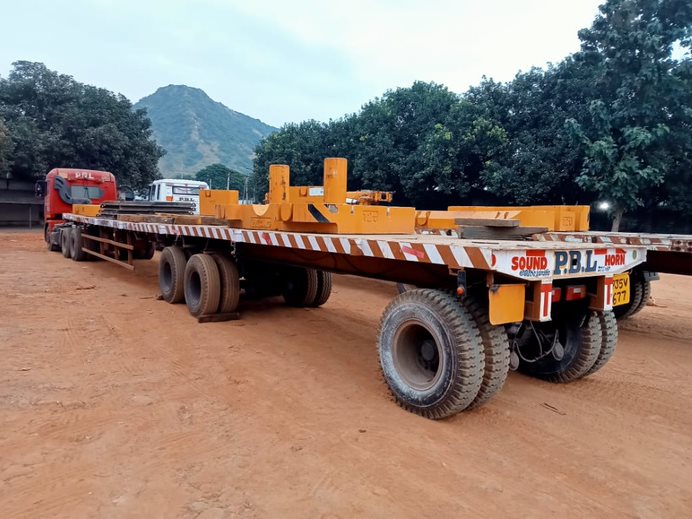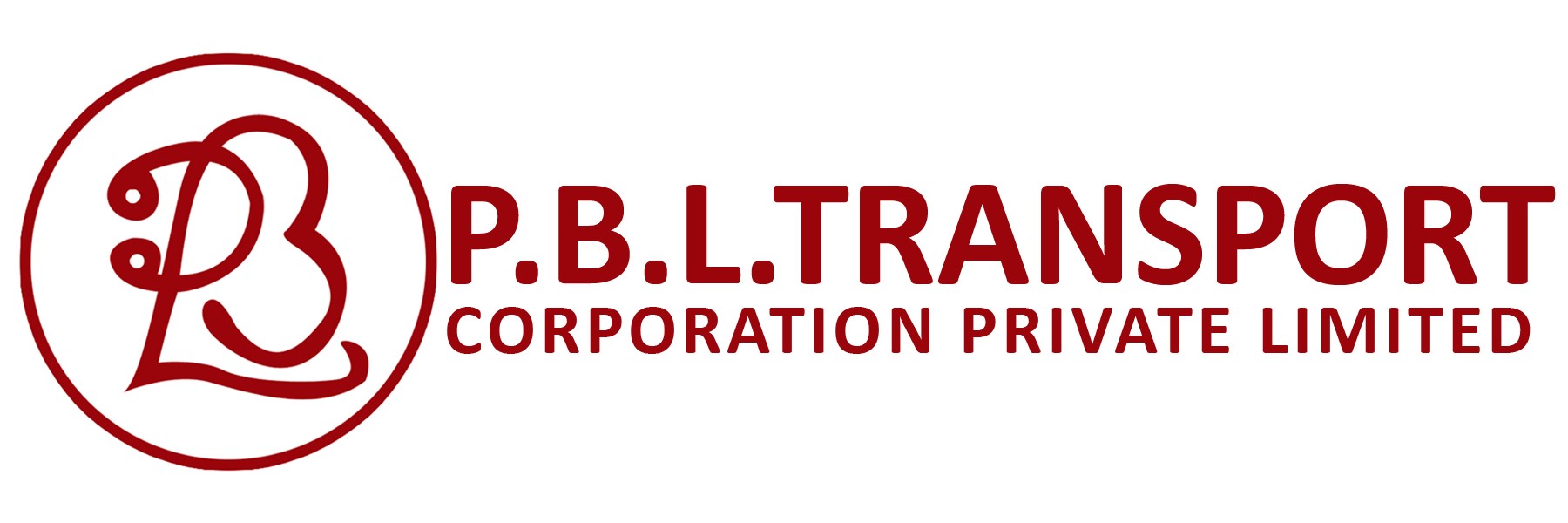Table of Contents
Safety measures, an Introduction
In the realm of heavy equipment transport, the movement of colossal machinery demands not only precision and expertise but an unwavering commitment to safety measures. The stakes are high, and every step in the transportation process requires meticulous planning and execution. In this blog post, we delve into the critical safety measures that form the backbone of secure and incident-free heavy equipment transport.
Pre-Transport Inspection Protocols
The journey toward safety begins with a comprehensive pre-transport inspection. This involves a detailed examination of both the heavy equipment and the transport trailer. Any mechanical issues, potential hazards, or signs of wear and tear are identified and addressed before hitting the road.
Load Securement Practices
Properly securing heavy equipment to the transport trailer is not just a precaution; it’s a non-negotiable safety measure. Utilizing the right tie-downs, chains, and straps ensures that the load remains stable and immobile throughout the transportation process, preventing accidents caused by shifting cargo.
Weight Distribution and Balance
Achieving the correct weight distribution is crucial for maintaining the stability of the transport vehicle. Proper load balance minimizes the risk of trailer sway and contributes to overall road safety. Companies must adhere to weight limits and regulations to prevent overloading, which can compromise the integrity of both the equipment and the trailer.
Driver Training and Certification
The backbone of any safe transportation operation is a well-trained and certified driver. Specialized training programs equip drivers with the skills and knowledge needed to handle the challenges of heavy equipment transport. Certification ensures that drivers are proficient in safety protocols, emergency procedures, and the unique aspects of transporting oversized loads.
Route Planning and Permits
Strategic route planning is a safety imperative. Obtaining the necessary permits for oversized loads and meticulously planning the transportation route are essential steps. This proactive approach helps drivers navigate roads that can accommodate the size and weight of the equipment, minimizing the potential for accidents and ensuring compliance with transportation regulations. We use intrutrack to track all our assets in real time, check it out here.
Communication Protocols
Effective communication is the linchpin of a safe transport operation. Establishing clear communication channels between the driver, escort vehicles, and support personnel ensures a coordinated response to challenges, adjustments to the plan, and rapid responses to emergencies. This collaborative approach enhances safety at every stage of the transportation process.
Weather Monitoring and Adaptation
The unpredictable nature of weather adds an extra layer of complexity to heavy equipment transport. Regular monitoring of weather conditions allows for informed decision-making, enabling adjustments to travel schedules or routes to avoid adverse weather. This proactive stance ensures the safety of the cargo and everyone involved in the transportation process.

Conclusion
In the challenging landscape of heavy equipment transport, safety isn’t merely a box to check; it’s a continuous commitment that defines the success of every journey. By integrating thorough inspection protocols, secure load practices, proper weight distribution, ongoing driver training, strategic route planning, effective communication, and weather monitoring into their operations, companies can create a safety culture that permeates every aspect of the heavy equipment transport process. Embracing these safety measures is not just about compliance; it’s about safeguarding lives, protecting valuable assets, and ensuring a future where heavy equipment moves across the roads with unwavering safety and precision.
In the ever-evolving landscape of heavy equipment transport, a commitment to safety is not just a professional responsibility; it’s a moral obligation. As industry standards and technologies advance, embracing a culture of safety becomes synonymous with operational excellence. By consistently refining safety protocols and fostering a mindset that values the well-being of personnel and the security of assets, companies pave the way for a future where heavy equipment moves with unparalleled safety, setting new benchmarks for excellence in the transportation sector. For more blog posts, check out this link.
